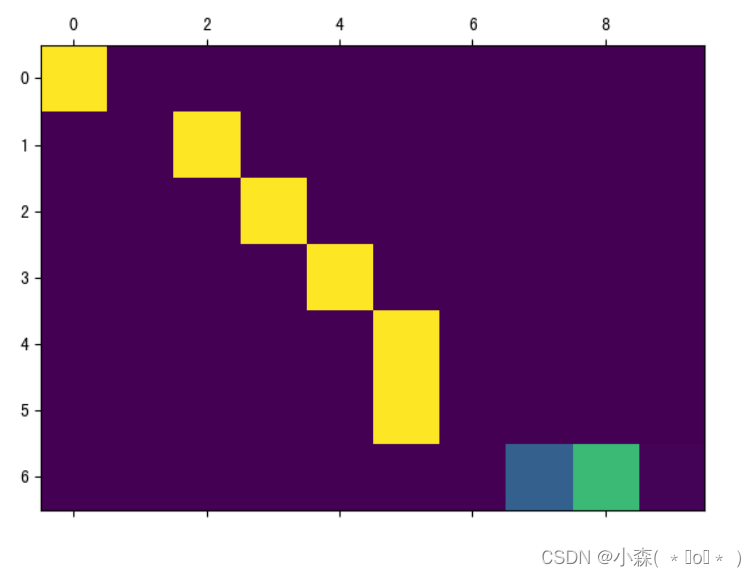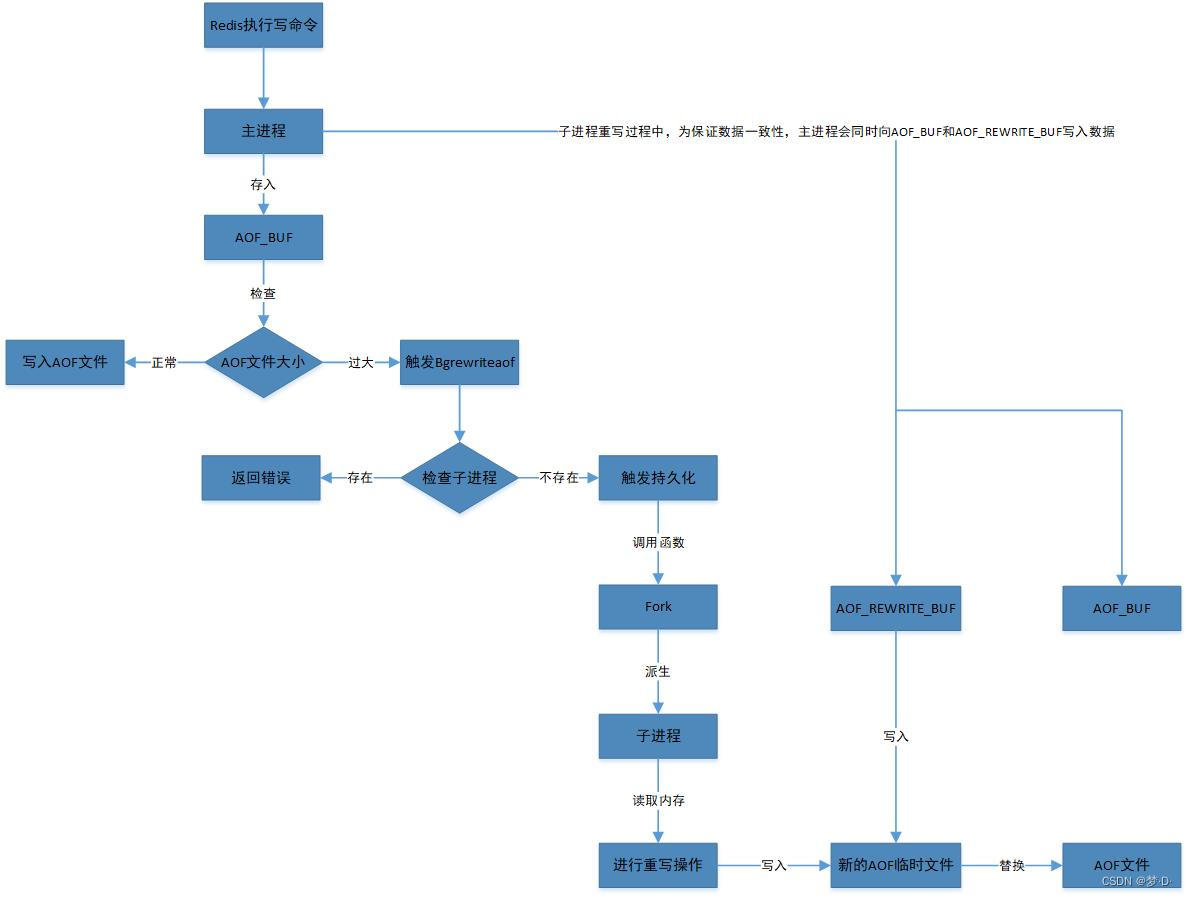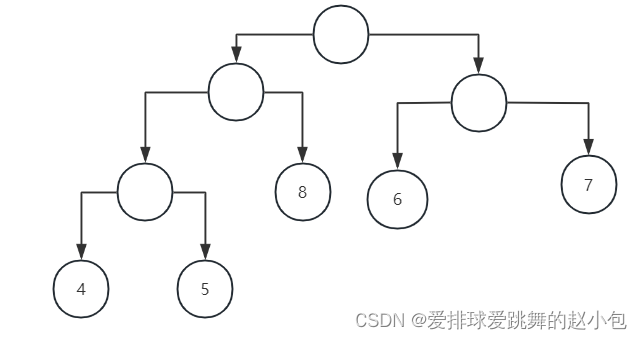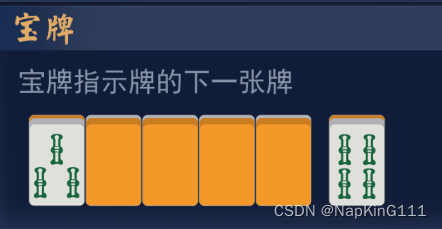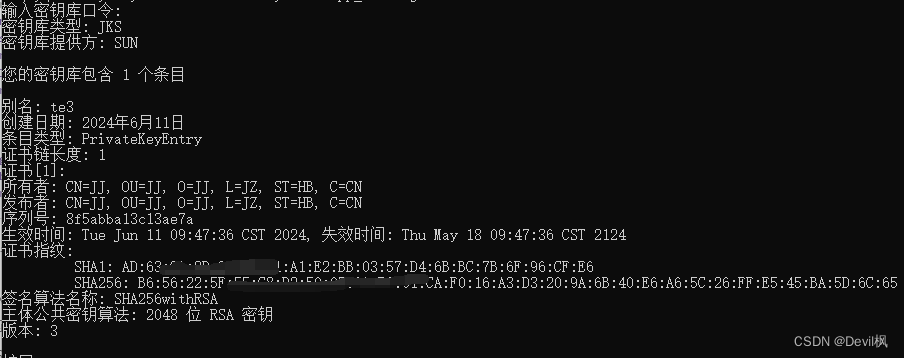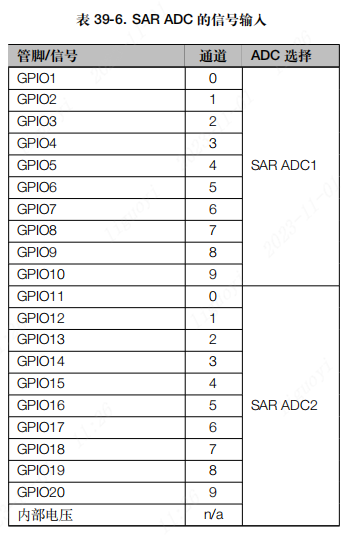
seq2seq介绍
模型架构:
Seq2Seq(Sequence-to-Sequence)模型是一种在自然语言处理(NLP)中广泛应用的架构,其核心思想是将一个序列作为输入,并输出另一个序列。这种模型特别适用于机器翻译、聊天机器人、自动文摘等场景,其中输入和输出的长度都是可变的。
- embedding层在seq2seq模型中起着将离散单词转换为连续向量表示的关键作用,为后续的自然语言处理任务提供了有效的特征输入。
数据集
下载: https://download.pytorch.org/tutorial/data.zip
🍸️步骤:
基于GRU的seq2seq模型架构实现翻译的过程:
- 导入必备的工具包.
- 对文件中数据进行处理,满足模型训练要求.
- 构建基于GRU的编码器和解码
- 构建模型训练函数,并进行训练
- 构建模型评估函数,并进行测试以及Attention效果分析

# 从io工具包导入open方法
from io import open
# 用于字符规范化
import unicodedata
# 用于正则表达式
import re
# 用于随机生成数据
import random
# 用于构建网络结构和函数的torch工具包
import torch
import torch.nn as nn
import torch.nn.functional as F
# torch中预定义的优化方法工具包
from torch import optim
# 设备选择, 我们可以选择在cuda或者cpu上运行你的代码
device = torch.device("cuda" if torch.cuda.is_available() else "cpu")数据预处理

将指定语言中的词汇映射成数值💫
# 起始标志
SOS_token = 0
# 结束标志
EOS_token = 1
class Lang:
def __init__(self, name):
self.name = name
self.word2index = {}
self.index2word = {0: "SOS", 1: "EOS"}
self.n_words = 2
def addSentence(self, sentence):
for word in sentence.split(' '):
self.addWord(word)
def addWord(self, word):
if word not in self.word2index:
self.word2index[word] = self.n_words
self.index2word[self.n_words] = words
self.n_words += 1- 测试:实例化参数:
name = "eng"
sentence = "hello I am Jay"
engl = Lang(name)
engl.addSentence(sentence)
print("word2index:", engl.word2index)
print("index2word:", engl.index2word)
print("n_words:", engl.n_words)
# 输出
word2index: {'hello': 2, 'I': 3, 'am': 4, 'Jay': 5}
index2word: {0: 'SOS', 1: 'EOS', 2: 'hello', 3: 'I', 4: 'am', 5: 'Jay'}
n_words: 6
字符规范化💫
def unicodeToAscii(s):
return ''.join(
c for c in unicodedata.normalize('NFD', s)
if unicodedata.category(c) != 'Mn'
)
def normalizeString(s):
s = unicodeToAscii(s.lower().strip())
s = re.sub(r"([.!?])", r" \1", s)
s = re.sub(r"[^a-zA-Z.!?]+", r" ", s)
return s将文件中的数据加载到内存,实例化类Lang💫
data_path = 'eng-fra.txt'
def readLangs(lang1, lang2):
"""读取语言函数, 参数lang1是源语言的名字, 参数lang2是目标语言的名字
返回对应的class Lang对象, 以及语言对列表"""
# 从文件中读取语言对并以/n划分存到列表lines中
lines = open(data_path, encoding='utf-8').read().strip().split('\n')
# 对lines列表中的句子进行标准化处理,并以\t进行再次划分, 形成子列表, 也就是语言对
pairs = [[normalizeString(s) for s in l.split('\t')] for l in lines]
# 然后分别将语言名字传入Lang类中, 获得对应的语言对象, 返回结果
input_lang = Lang(lang1)
output_lang = Lang(lang2)
return input_lang, output_lang, pairs- 测试:输入参数:
lang1 = "eng"
lang2 = "fra"
input_lang, output_lang, pairs = readLangs(lang1, lang2)
print("pairs中的前五个:", pairs[:5])
# 输出
pairs中的前五个: [['go .', 'va !'], ['run !', 'cours !'], ['run !', 'courez !'], ['wow !', 'ca alors !'], ['fire !', 'au feu !']]过滤出符合我们要求的语言对💫
# 设置组成句子中单词或标点的最多个数
MAX_LENGTH = 10
eng_prefixes = (
"i am ", "i m ",
"he is", "he s ",
"she is", "she s ",
"you are", "you re ",
"we are", "we re ",
"they are", "they re "
)
def filterPair(p):
return len(p[0].split(' ')) < MAX_LENGTH and \
p[0].startswith(eng_prefixes) and \
len(p[1].split(' ')) < MAX_LENGTH
def filterPairs(pairs):
return [pair for pair in pairs if filterPair(pair)]对以上数据准备函数进行整合💫
def prepareData(lang1, lang2):
input_lang, output_lang, pairs = readLangs(lang1, lang2)
pairs = filterPairs(pairs)
for pair in pairs:
input_lang.addSentence(pair[0])
output_lang.addSentence(pair[1])
return input_lang, output_lang, pairs将语言对转化为模型输入需要的张量💫
def tensorFromSentence(lang, sentence):
indexes = [lang.word2index[word] for word in sentence.split(' ')]
indexes.append(EOS_token)
return torch.tensor(indexes, dtype=torch.long, device=device).view(-1, 1)
def tensorsFromPair(pair):
input_tensor = tensorFromSentence(input_lang, pair[0])
target_tensor = tensorFromSentence(output_lang, pair[1])
return (input_tensor, target_tensor)- 测试输入:
# 取pairs的第一条
pair = pairs[0]
pair_tensor = tensorsFromPair(pair)
print(pair_tensor)
# 输出
(tensor([[2],
[3],
[4],
[1]]),
tensor([[2],
[3],
[4],
[5],
[1]]))构建编码器和解码器

构建基于GRU的编码器
- “embedding”指的是一个将离散变量(如单词、符号等)转换为连续向量表示的过程或技术
- “embedded”是embedding过程的输出,即已经通过嵌入矩阵转换后的连续向量。在神经网络中,这些向量将作为后续层的输入。
class EncoderRNN(nn.Module):
def __init__(self, input_size, hidden_size):
super(EncoderRNN, self).__init__()
self.hidden_size = hidden_size
self.embedding = nn.Embedding(input_size, hidden_size)
self.gru = nn.GRU(hidden_size, hidden_size)
def forward(self, input, hidden):
output = self.embedding(input).view(1, 1, -1)
output, hidden = self.gru(output, hidden)
return output, hidden
def initHidden(self):
return torch.zeros(1, 1, self.hidden_size, device=device)- 测试:参数:
hidden_size = 25
input_size = 20
# pair_tensor[0]代表源语言即英文的句子,pair_tensor[0][0]代表句子中
的第一个词
input = pair_tensor[0][0]
# 初始化第一个隐层张量,1x1xhidden_size的0张量
hidden = torch.zeros(1, 1, hidden_size)
encoder = EncoderRNN(input_size, hidden_size)
encoder_output, hidden = encoder(input, hidden)
print(encoder_output)
# 输出
tensor([[[ 1.9149e-01, -2.0070e-01, -8.3882e-02, -3.3037e-02, -1.3491e-01,
-8.8831e-02, -1.6626e-01, -1.9346e-01, -4.3996e-01, 1.8020e-02,
2.8854e-02, 2.2310e-01, 3.5153e-01, 2.9635e-01, 1.5030e-01,
-8.5266e-02, -1.4909e-01, 2.4336e-04, -2.3522e-01, 1.1359e-01,
1.6439e-01, 1.4872e-01, -6.1619e-02, -1.0807e-02, 1.1216e-02]]],
grad_fn=<StackBackward>)构建基于GRU的解码器
class DecoderRNN(nn.Module):
def __init__(self, hidden_size, output_size):
super(DecoderRNN, self).__init__()
self.hidden_size = hidden_size
self.embedding = nn.Embedding(output_size, hidden_size)
self.gru = nn.GRU(hidden_size, hidden_size)
self.out = nn.Linear(hidden_size, output_size)
self.softmax = nn.LogSoftmax(dim=1)
def forward(self, input, hidden):
output = self.embedding(input).view(1, 1, -1)
output = F.relu(output)
output, hidden = self.gru(output, hidden)
output = self.softmax(self.out(output[0]))
return output, hidden
def initHidden(self):
return torch.zeros(1, 1, self.hidden_size, device=device)构建基于GRU和Attention的解码器💥
💥三个输入:
- prev_hidden:指上一个时间步解码器的隐藏状态
- input:
input是当前时间步解码器的输入。在解码的开始阶段,它可能是一个特殊的起始符号。在随后的解码步骤中,input通常是上一个时间步解码器输出的词(或对应的词向量)。 encoder_outputs:是编码器处理输入序列后生成的一系列输出向量,在基于Attention的解码器中,这些输出向量将作为注意力机制的候选记忆单元,用于计算当前解码步与输入序列中不同位置的相关性。
class AttnDecoderRNN(nn.Module):
def __init__(self, hidden_size, output_size, dropout_p=0.1, max_length=MAX_LENGTH):
super(AttnDecoderRNN, self).__init__()
self.hidden_size = hidden_size
self.output_size = output_size
self.dropout_p = dropout_p
self.max_length = max_length
self.embedding = nn.Embedding(self.output_size, self.hidden_size)
self.attn = nn.Linear(self.hidden_size * 2, self.max_length)
self.attn_combine = nn.Linear(self.hidden_size * 2, self.hidden_size)
self.dropout = nn.Dropout(self.dropout_p)
self.gru = nn.GRU(self.hidden_size, self.hidden_size)
self.out = nn.Linear(self.hidden_size, self.output_size)
def forward(self, input, hidden, encoder_outputs):
embedded = self.embedding(input).view(1, 1, -1)
embedded = self.dropout(embedded)
attn_weights = F.softmax(
self.attn(torch.cat((embedded[0], hidden[0]), 1)), dim=1)
attn_applied = torch.bmm(attn_weights.unsqueeze(0),
encoder_outputs.unsqueeze(0))
output = torch.cat((embedded[0], attn_applied[0]), 1)
output = self.attn_combine(output).unsqueeze(0)
output = F.relu(output)
output, hidden = self.gru(output, hidden)
output = F.log_softmax(self.out(output[0]), dim=1)
return output, hidden, attn_weights
def initHidden(self):
return torch.zeros(1, 1, self.hidden_size, device=device)构建模型训练函数

teacher_forcing介绍
Teacher Forcing是一种在训练序列生成模型,特别是循环神经网络(RNN)和序列到序列(seq2seq)模型时常用的技术。在seq2seq架构中,根据循环神经网络理论,解码器每次应该使用上一步的结果作为输入的一部分, 但是训练过程中,一旦上一步的结果是错误的,就会导致这种错误被累积,无法达到训练效果,我们需要一种机制改变上一步出错的情况,因为训练时我们是已知正确的输出应该是什么,因此可以强制将上一步结果设置成正确的输出, 这种方式就叫做teacher_forcing。
teacher_forcing的作用
- 加速模型收敛与稳定训练:通过使用真实的历史数据作为解码器的输入,Teacher Forcing技术可以加速模型的收敛速度,并使得训练过程更加稳定,因为它避免了因模型早期预测错误而导致的累积误差。
- 矫正预测并避免误差放大:Teacher Forcing在训练时能够矫正模型的预测,防止在序列生成过程中误差的进一步放大,从而提高了模型的预测准确性。
# 设置teacher_forcing比率为0.5
teacher_forcing_ratio = 0.5
def train(input_tensor, target_tensor, encoder, decoder, encoder_optimizer, decoder_optimizer, criterion, max_length=MAX_LENGTH):
encoder_hidden = encoder.initHidden()
encoder_optimizer.zero_grad()
decoder_optimizer.zero_grad()
input_length = input_tensor.size(0)
target_length = target_tensor.size(0)
encoder_outputs = torch.zeros(max_length, encoder.hidden_size, device=device)
loss = 0
for ei in range(input_length):
encoder_output, encoder_hidden = encoder(
input_tensor[ei], encoder_hidden)
encoder_outputs[ei] = encoder_output[0, 0]
decoder_input = torch.tensor([[SOS_token]], device=device)
decoder_hidden = encoder_hidden
use_teacher_forcing = True if random.random() < teacher_forcing_ratio else False
if use_teacher_forcing:
for di in range(target_length):
decoder_output, decoder_hidden, decoder_attention = decoder(
decoder_input, decoder_hidden, encoder_outputs)
loss += criterion(decoder_output, target_tensor[di])
decoder_input = target_tensor[di]
else:
for di in range(target_length):
decoder_output, decoder_hidden, decoder_attention = decoder(
decoder_input, decoder_hidden, encoder_outputs)
topv, topi = decoder_output.topk(1)
loss += criterion(decoder_output, target_tensor[di])
if topi.squeeze().item() == EOS_token:
break
decoder_input = topi.squeeze().detach()
# 误差进行反向传播
loss.backward()
# 编码器和解码器进行优化即参数更新
encoder_optimizer.step()
decoder_optimizer.step()
# 返回平均损失
return loss.item() / target_length构建时间计算函数
import time
import math
def timeSince(since):
now = time.time()
# 获得时间差
s = now - since
# 将秒转化为分钟
m = math.floor(s / 60)
s -= m * 60
return '%dm %ds' % (m, s)调用训练函数并打印日志和制图
import matplotlib.pyplot as plt
def trainIters(encoder, decoder, n_iters, print_every=1000, plot_every=100, learning_rate=0.01):
start = time.time()
plot_losses = []
print_loss_total = 0
plot_loss_total = 0
encoder_optimizer = optim.SGD(encoder.parameters(), lr=learning_rate)
decoder_optimizer = optim.SGD(decoder.parameters(), lr=learning_rate)
criterion = nn.NLLLoss()
for iter in range(1, n_iters + 1):
training_pair = tensorsFromPair(random.choice(pairs))
input_tensor = training_pair[0]
target_tensor = training_pair[1]
loss = train(input_tensor, target_tensor, encoder,
decoder, encoder_optimizer, decoder_optimizer, criterion)
print_loss_total += loss
plot_loss_total += loss
if iter % print_every == 0:
print_loss_avg = print_loss_total / print_every
print_loss_total = 0
print('%s (%d %d%%) %.4f' % (timeSince(start),
iter, iter / n_iters * 100, print_loss_avg))
if iter % plot_every == 0:
plot_loss_avg = plot_loss_total / plot_every
plot_losses.append(plot_loss_avg)
plot_loss_total = 0
plt.figure()
plt.plot(plot_losses)
plt.savefig("loss.png")💥训练模型:
# 设置隐层大小为256 ,也是词嵌入维度
hidden_size = 256
# 通过input_lang.n_words获取输入词汇总数,与hidden_size一同传入EncoderRNN类中
# 得到编码器对象encoder1
encoder1 = EncoderRNN(input_lang.n_words, hidden_size).to(device)
# 通过output_lang.n_words获取目标词汇总数,与hidden_size和dropout_p一同传入AttnDecoderRNN类中
# 得到解码器对象attn_decoder1
attn_decoder1 = AttnDecoderRNN(hidden_size, output_lang.n_words, dropout_p=0.1).to(device)
# 设置迭代步数
n_iters = 80000
# 设置日志打印间隔
print_every = 5000
trainIters(encoder1, attn_decoder1, n_iters, print_every=print_every)模型会不断打印loss损失值并且绘制图像

- 一直下降的损失曲线, 说明模型正在收敛
构建模型评估函数

def evaluate(encoder, decoder, sentence, max_length=MAX_LENGTH):
with torch.no_grad():
# 对输入的句子进行张量表示
input_tensor = tensorFromSentence(input_lang, sentence)
# 获得输入的句子长度
input_length = input_tensor.size()[0]
encoder_hidden = encoder.initHidden()
encoder_outputs = torch.zeros(max_length, encoder.hidden_size, device=device)
for ei in range(input_length):
encoder_output, encoder_hidden = encoder(input_tensor[ei],
encoder_hidden)
encoder_outputs[ei] += encoder_output[0, 0]
decoder_input = torch.tensor([[SOS_token]], device=device)
decoder_hidden = encoder_hidden
decoded_words = []
# 初始化attention张量
decoder_attentions = torch.zeros(max_length, max_length)
# 开始循环解码
for di in range(max_length):
decoder_output, decoder_hidden, decoder_attention = decoder(
decoder_input, decoder_hidden, encoder_outputs)
decoder_attentions[di] = decoder_attention.data
topv, topi = decoder_output.data.topk(1)
if topi.item() == EOS_token:
decoded_words.append('<EOS>')
break
else:
decoded_words.append(output_lang.index2word[topi.item()])
decoder_input = topi.squeeze().detach()
return decoded_words, decoder_attentions[:di + 1]随机选择指定数量的数据进行评估
def evaluateRandomly(encoder, decoder, n=6):
for i in range(n):
pair = random.choice(pairs)
# > 代表输入
print('>', pair[0])
# = 代表正确的输出
print('=', pair[1])
# 调用evaluate进行预测
output_words, attentions = evaluate(encoder, decoder, pair[0])
# 将结果连成句子
output_sentence = ' '.join(output_words)
# < 代表模型的输出
print('<', output_sentence)
print('')
evaluateRandomly(encoder1, attn_decoder1)效果:
> i m impressed with your french .
= je suis impressionne par votre francais .
< je suis impressionnee par votre francais . <EOS>
> i m more than a friend .
= je suis plus qu une amie .
< je suis plus qu une amie . <EOS>
> she is beautiful like her mother .
= elle est belle comme sa mere .
< elle est sa sa mere . <EOS>
> you re winning aren t you ?
= vous gagnez n est ce pas ?
< tu restez n est ce pas ? <EOS>
> he is angry with you .
= il est en colere apres toi .
< il est en colere apres toi . <EOS>
> you re very timid .
= vous etes tres craintifs .
< tu es tres craintive . <EOS>Attention张量制图
sentence = "we re both teachers ."
# 调用评估函数
output_words, attentions = evaluate(
encoder1, attn_decoder1, sentence)
print(output_words)
# 将attention张量转化成numpy, 使用matshow绘制
plt.matshow(attentions.numpy())
plt.savefig("attn.png")如果迭代次数过少,训练不充分,那么注意力就不会很好:
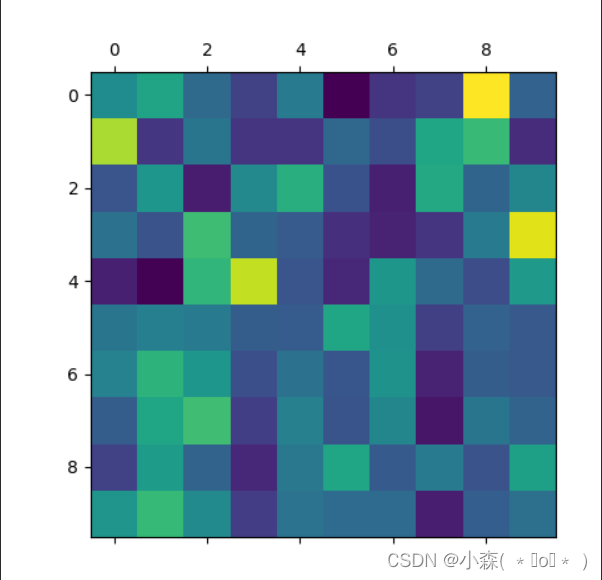
💯迭代次数变大:
